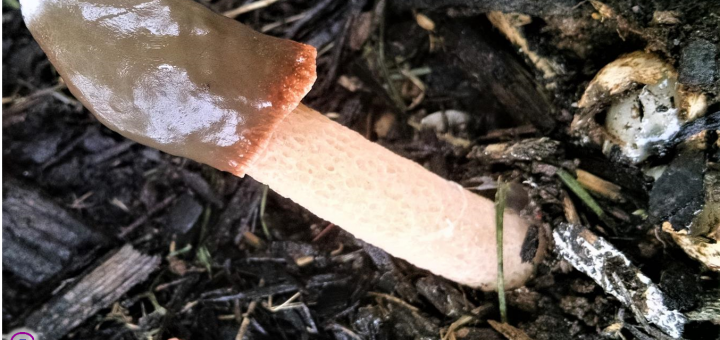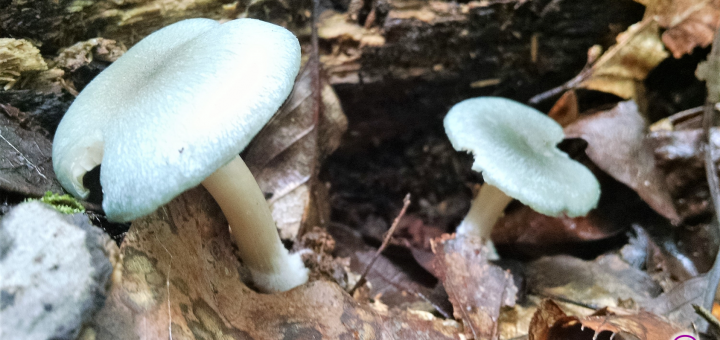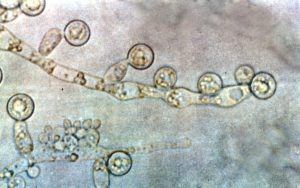#190: Common Mulch Stinkhorns
Stinkhorns love humans. These mushrooms can eke out a living in natural habitats, but they really thrive in artificial ones like mulch beds. Unfortunately, humans don’t feel the same way about stinkhorns. We tend to find them offensive, thanks to their foul odors and phallic shapes. Perhaps no one disliked stinkhorns more than Etty Darwin (Charles Darwin’s granddaughter); legend has it that she would diligently remove stinkhorns from her property and burn them to discourage impure thoughts in her servants.1 Appropriately (or perhaps inappropriately), the most common mulch stinkhorns belong to two genera named for these mushrooms’ offensive shapes: Phallus and Mutinus.* Of those mushrooms, Phallus rubicundus and Mutinus elegans are the most frequently encountered in North American gardens.









![#011: Characteristics of Kingdom Fungi [Archived]](https://www.fungusfactfriday.com/wp-content/themes/hueman/assets/front/img/thumb-small-empty.png)

